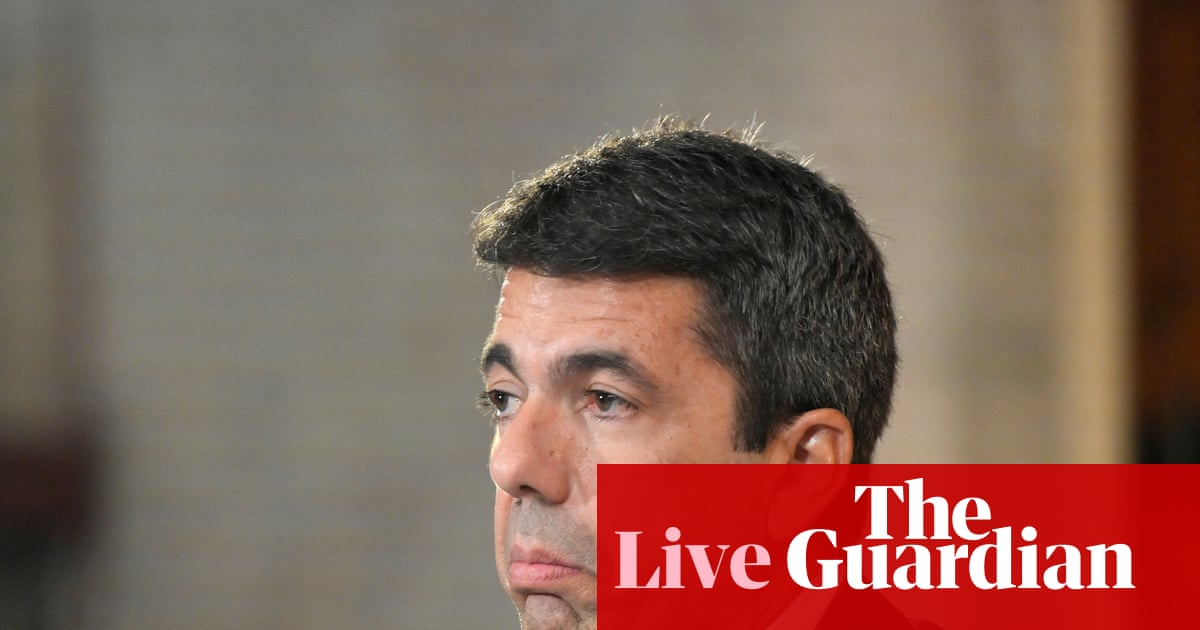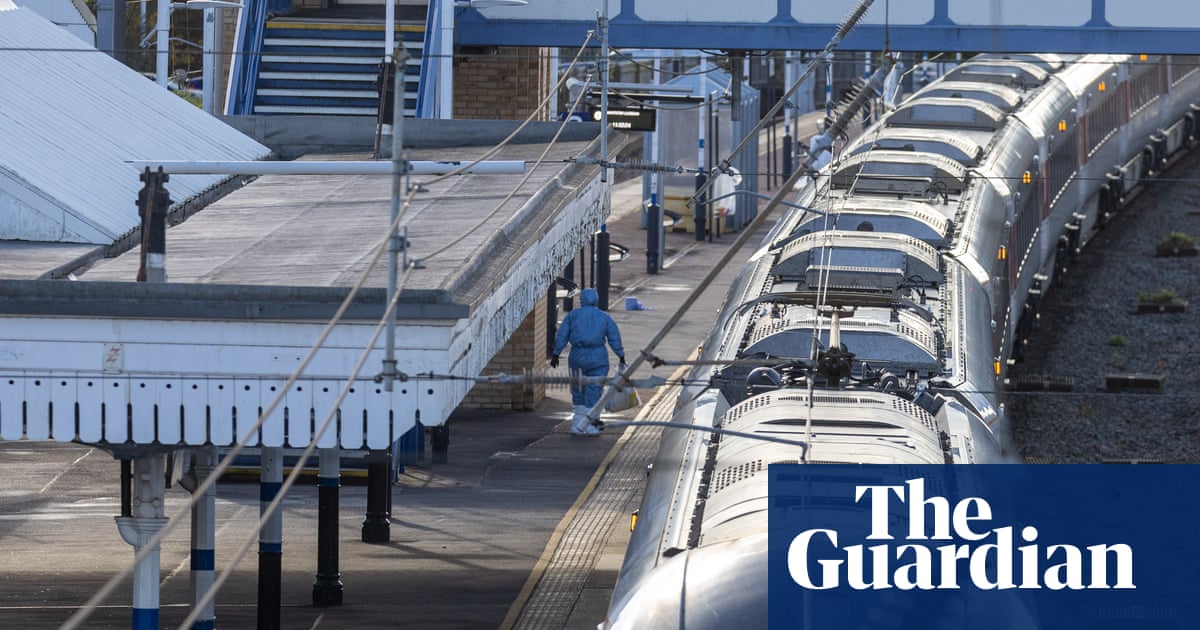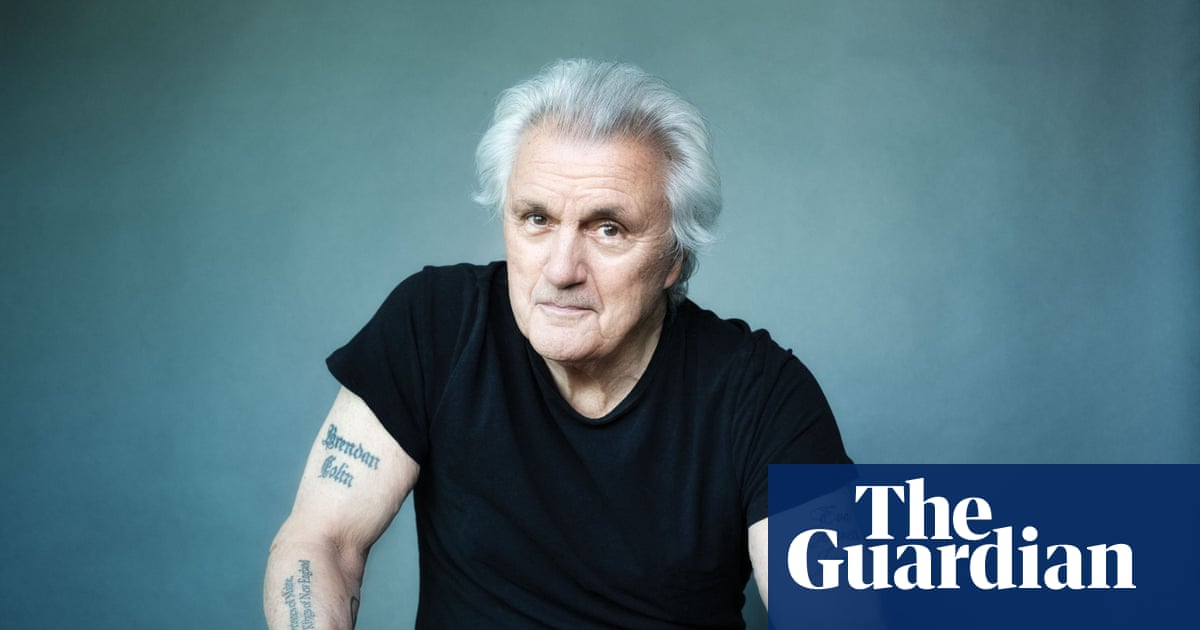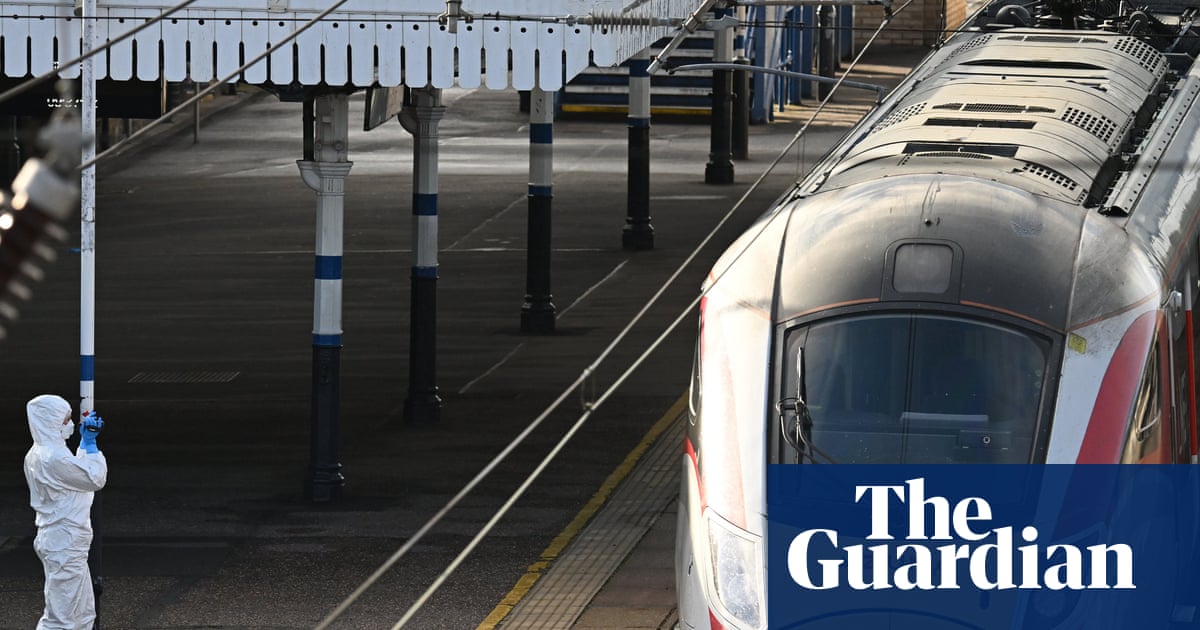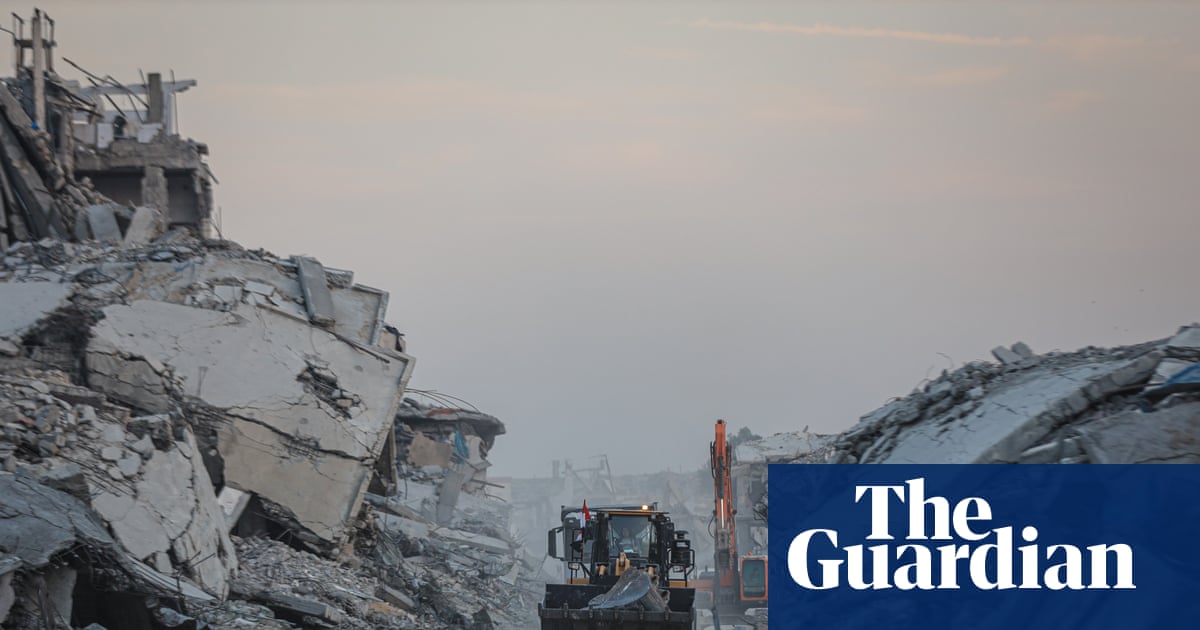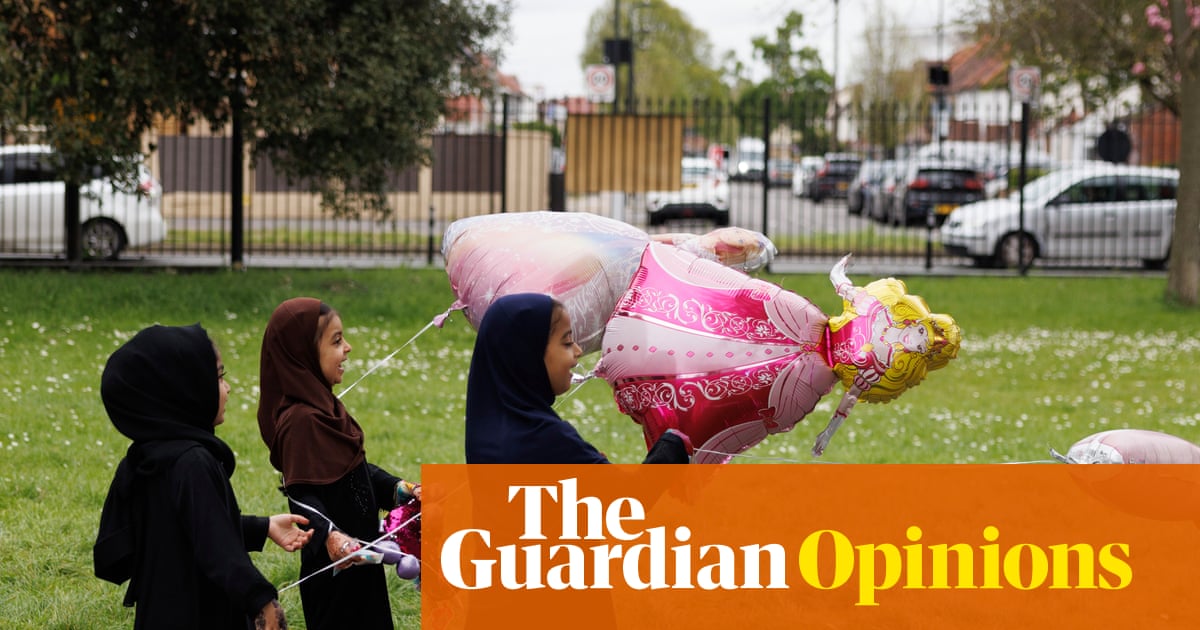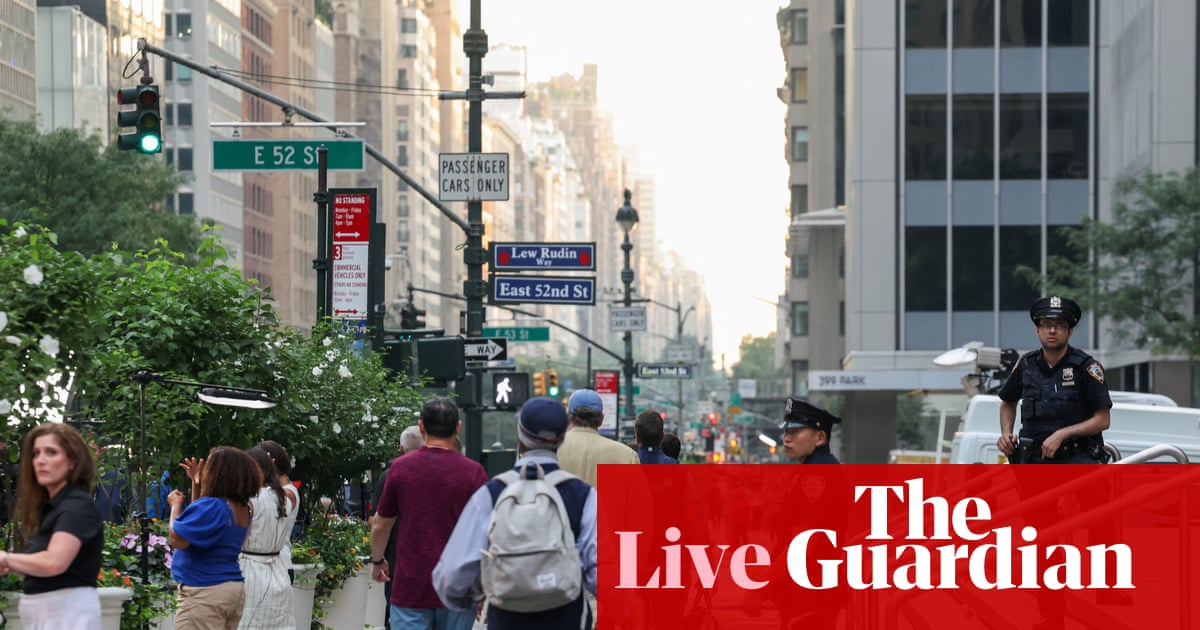“I love this tournament, I love what they’ve done with it, but I do not love what they’re developing it into,” said Jonathan Pinkess on day five of Wimbledon. Standing in the morning sun, handing out flyers against the All England Lawn Tennis Club’s expansion plans, he is one of many local residents who fear the championship will usurp local green space.
To ensure Wimbledon maintains its pre-eminence on the tennis circuit, the AELTC has plans to develop a further 39 courts, including an 8,000-seat show court, on the grounds of the old Wimbledon Park golf club. Local opposition, however, has long questioned why the “industrial-scale development” is needed.
A judicial review will start this week while the 138th edition of the tournament is under way, as a local campaign group challenges the planning permissions approved in September 2024. Residents have argued against the loss of green space as well as 10 years of disruption to the local area and have questioned its legality.
Gary Forde, 58, who has been part of the Save Wimbledon Park campaign for years, said: “It’s not just a local issue, it is a national issue, because it would set an unhealthy precedent for other areas that are subject to development threat.”
The proposed expansion straddling the boroughs of Merton and Wandsworth would be on metropolitan open land, which has the same protected status as green belt. Aside from the judicial review, a separate court action brought by the AELTC will determine whether the land is for public recreation or protected by a statutory trust.
The dispute goes back to 1993 when the AELTC bought the golf course land from Merton council for £5.2m. It signed a covenant agreeing it would not use the land other than for leisure, recreational purposes or as open space. The campaign group, which has raised £200,000 ahead of the review, believes the proposals have violated that pledge.
The AELTC’s counterargument is that what was once a private golf course will be converted into land that will offer access to the public, including a 23-acre park, with further green space open through the year outside the championships. The scaling up of facilities is necessary for players and to maintain the prestige of the grand slam tournament, it contends.
It also hopes 10,000 fans would come to the qualifying tournament, currently held nearby at the Bank of England club in Roehampton with a 2,000 capacity. Other grand slam tournaments – the Australian, French and US Opens – hold qualifying matches on site. But campaigners say people will continue to attend the only lawn tennis grand slam regardless.
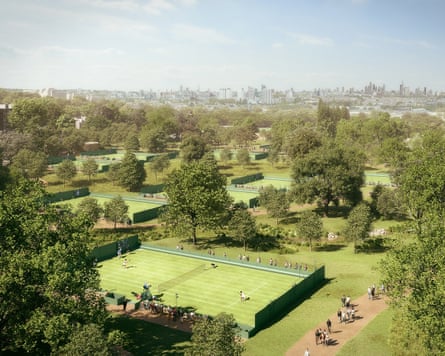
The tournament director, Jamie Baker, said on Friday that the expansion plans would enable more people to experience the championships and would open up a new public park for the local community.
“We’re constantly listening to people, we are constantly open to being completely transparent with everything that we’re doing and ultimately we just want the best result for the local area, for Wimbledon, for the country,” he said.
The expansion includes plans to plant 1,500 trees and spend £6m on silting the Wimbledon Park lake. Such moves have been welcomed by the local heritage group, which backs the scheme. A report said the proposal would bring in £336m of annual benefits, 40 annual jobs and 256 championship jobs.
“It genuinely does make lots of people a winner out of the plan, and so we’re not going to stray away from that and we won’t tire from it,” Baker said.
Forde has lived for years on the tournament’s main artery, Wimbledon Park Road, which gets tens of thousands of visitors passing along it each year. Should the plans go ahead, the years-long construction would “frankly be hell”, he said.
It is just one of the many facets of life that residents have argued will be affected by the development, including the loss of 300 trees, and the strain on the nearby Southfields tube station. More broadly, the plans could set a worrying precedent for 50 other development sites across the UK that Forde said were similarly protected and under threat.
Matt, who has lived in the area for six years, said: “I’m a tennis coach, so I like seeing expansion. We were never allowed on the golf course.” As he walked his son and dog through the park on Friday morning, he said that before moving to Wimbledon he had sometimes been among the thousands queueing to get into the grounds each day of the tournament.
“I think some people are probably worried about the value of their house, but once the building’s done, I’d like to think it would settle down,” he said. “And the environment, I mean, it’s so tough, you do have to look after your planet, but then there’s the economy.”
Linda Tomes, who has lived in Wimbledon for 40 years, said she had not taken part in the local campaigning but she criticised the size of the expansion plans.
“The last time they built No 1 stadium, a lot of people down here got bronchitis from all the dust and everything that went past on these great big lorries,” she said, standing outside her house on Friday morning as attenders poured past towards the tennis grounds. “The dust and everything, it was awful. I had terrible bronchitis with it.”
Was she concerned about the environmental loss? “Well, yes and no,” she said. “I mean, you’ve got to have improvement all the time, but I do think that it’s going a bit too far with the amount that they’re doing.”
The AELTC has been approached for comment.

 3 months ago
120
3 months ago
120








